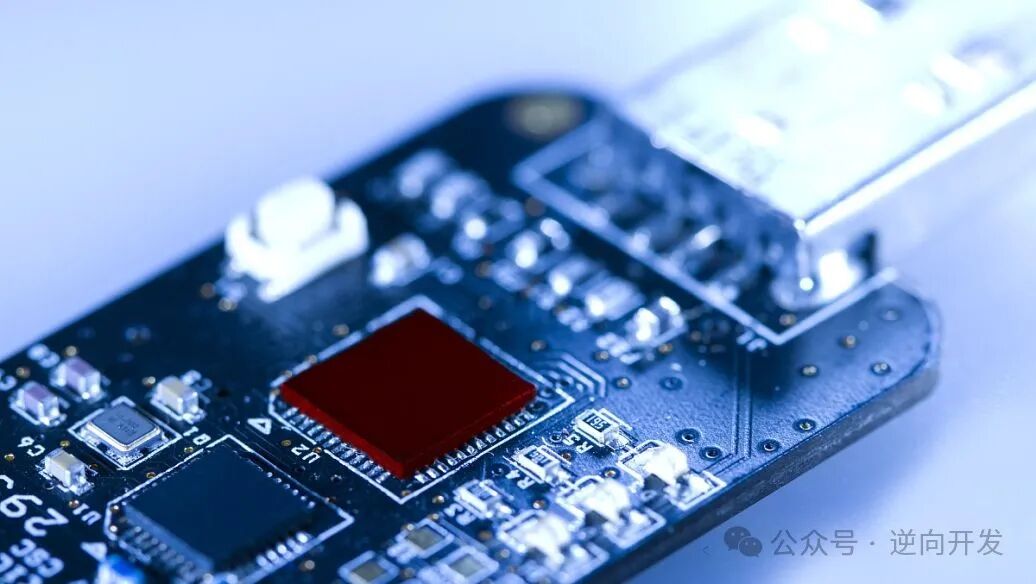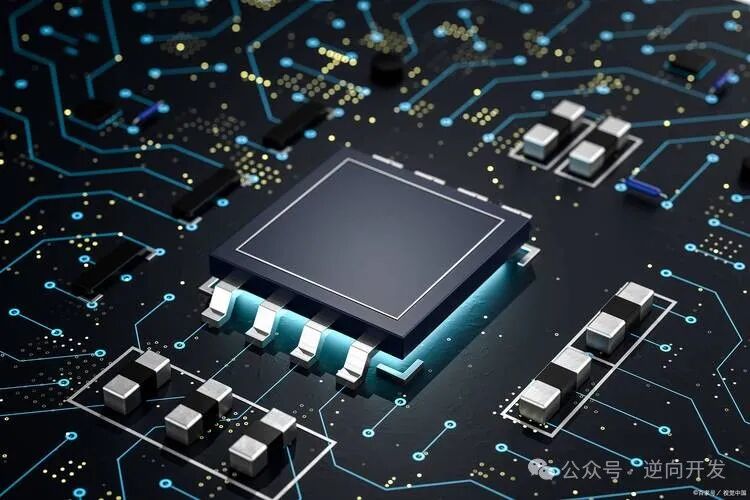 The embedded processor architecture is a core component of embedded systems, and its design and performance directly affect the efficiency and functionality of the entire system. Below is a detailed technical explanation of embedded processor architecture, including its basic concepts, main types, characteristics, and performance in practical applications.
The embedded processor architecture is a core component of embedded systems, and its design and performance directly affect the efficiency and functionality of the entire system. Below is a detailed technical explanation of embedded processor architecture, including its basic concepts, main types, characteristics, and performance in practical applications.
1. Basic Concepts
An embedded processor is a processor specifically designed for embedded systems, typically integrated into a chip to perform specific tasks. Compared to general-purpose processors, embedded processors focus more on optimizing aspects such as power consumption, cost, reliability, and real-time performance.

2. Main Types
Embedded processor architectures can be mainly divided into the following categories:
-
ARM Cortex Series
- Cortex-A Series: Primarily aimed at high-performance computing, such as smartphones, tablets, and smart TVs.
- Cortex-M Series: Suitable for microcontrollers (MCUs), known for low power consumption and cost-effectiveness, widely used in Internet of Things (IoT) devices, automotive electronics, and consumer electronics.
- Cortex-R Series: Focused on real-time applications, such as automotive engine control and communication infrastructure, with high reliability and real-time response capabilities.
- Overview: ARM Cortex series processors dominate the embedded market, widely used in mobile devices, servers, and high-end embedded applications.
- Characteristics: High performance, rich ecosystem, and wide application scenarios. However, relatively high power consumption and cost are its drawbacks.
- Subseries:
RISC-V
- Overview: RISC-V is an open standard instruction set architecture (ISA) designed to provide free hardware design specifications to promote processor innovation.
- Characteristics: Openness, simplicity, and scalability. However, its software ecosystem and development toolchain are still under development, and its recognition and market share in the commercial market need improvement.
- Applications: RISC-V is gaining attention in education, research, and embedded fields, particularly excelling in customized and low-cost embedded applications.
MIPS
- Overview: MIPS was once an important player in the embedded processor market, known for its high performance and low power consumption. However, in recent years, its market share has been significantly eroded by ARM.
- Characteristics: High performance, mature technology, and toolchain. However, its licensing model may limit its popularity in the open-source community.
- Applications: MIPS still has a place in certain embedded applications requiring high-performance computing and in networking devices.
PowerPC
- Overview: The PowerPC architecture was jointly developed by IBM, Apple, and Motorola, primarily used in high-end workstations, servers, and some specialized embedded applications.
- Characteristics: High performance, excellent multithreading processing, and floating-point computation capabilities, with high stability. However, high costs and a smaller software ecosystem limit its application range.
- Applications: PowerPC is widely used in aerospace, high-end servers, and fields requiring high stability and reliability.
3. Characteristics Analysis
-
Von Neumann Architecture vs. Harvard Architecture
- Von Neumann Architecture: Shares memory for instructions and data, accessing program and data storage through the same bus. Processors with this architecture cannot fetch instructions and data simultaneously.
- Harvard Architecture: Separates program instruction memory and data memory, with completely independent instruction and data buses. Therefore, the CPU can fetch instructions and data simultaneously, improving execution speed. Processors from ARM9 and above adopt this architecture.
Instruction Set Types
- Complex Instruction Set Computing (CISC): Contains a large number of instructions and addressing modes, requiring more interpreters. CISC processors are relatively complex in instruction format, addressing modes, and execution methods.
- Reduced Instruction Set Computing (RISC): Fewer instructions and shorter execution times simplify CPU hardware design. RISC processors only include the most useful instructions in the channel, with each instruction using a standard word length. ARM processors belong to RISC processors.
Other Characteristics
- Low Power Consumption: Embedded processors typically emphasize low power design to meet the needs of various embedded systems. For example, Cortex-M series processors are known for their low power consumption and cost-effectiveness.
- High Reliability: Embedded processors need to have high reliability to ensure stable system operation. For example, PowerPC has a good reputation in aerospace and other fields.
- Scalability: Some embedded processor architectures support modular design, allowing users to add custom instructions as needed. For example, RISC-V has this scalability.
4. Performance in Practical Applications
In practical applications, different types of embedded processor architectures exhibit various advantages and limitations. For example:
- ARM Cortex series processors dominate the consumer electronics and mobile device sectors due to their extensive ecosystem and excellent performance.
- RISC-V, as an emerging open standard, is gradually gaining attention in education, research, and embedded fields, particularly excelling in customized and low-cost embedded applications.
- Although MIPS and PowerPC have limited market shares, they remain competitive in specific professional applications. MIPS has a certain application base in embedded applications requiring high-performance computing and networking devices, while PowerPC is widely used in aerospace, high-end servers, and fields requiring high stability and reliability.
In summary, embedded processor architecture is a core component of embedded systems, and its design and performance directly affect the efficiency and functionality of the entire system. Understanding the characteristics and applicable scenarios of different embedded processor architectures is crucial for engineers engaged in embedded system design and development.